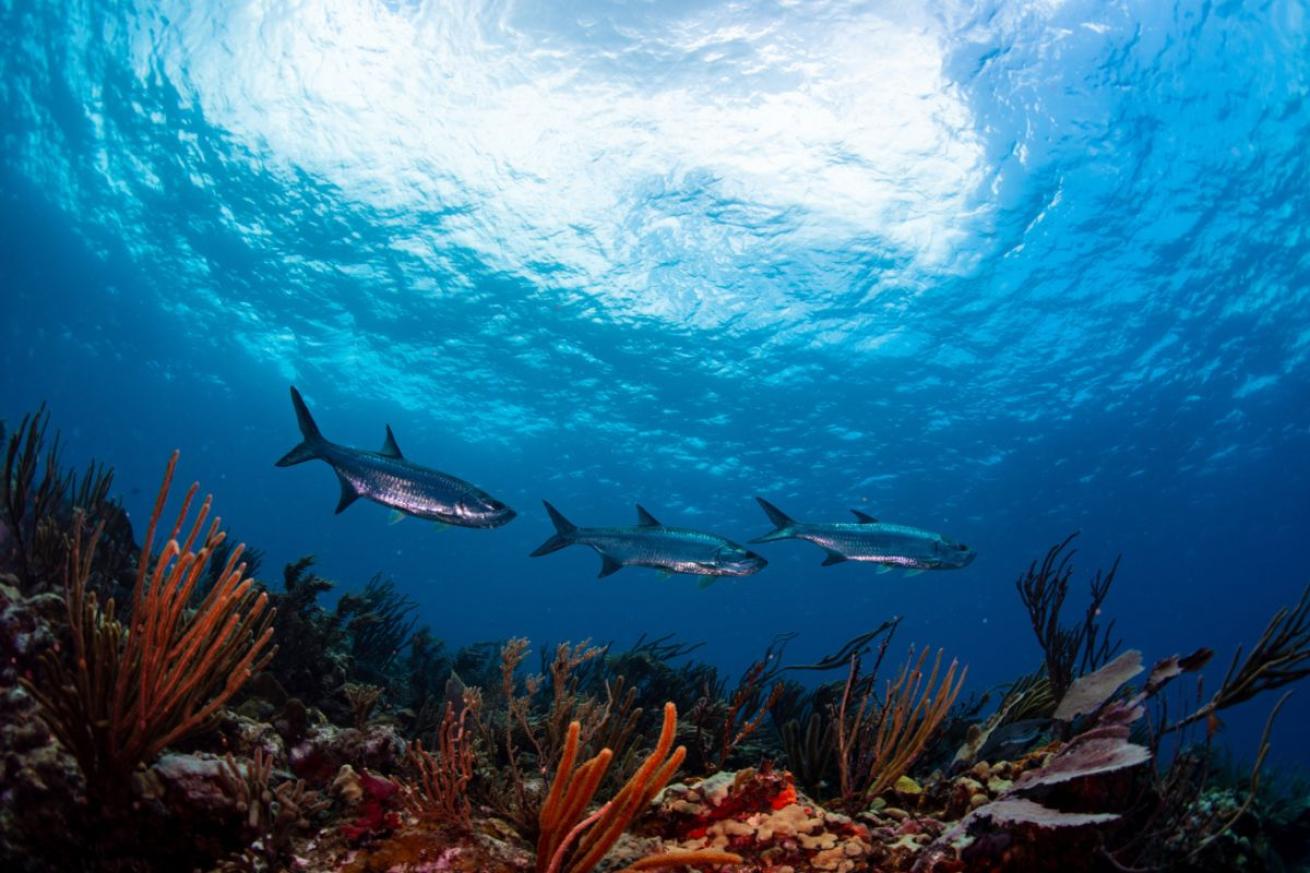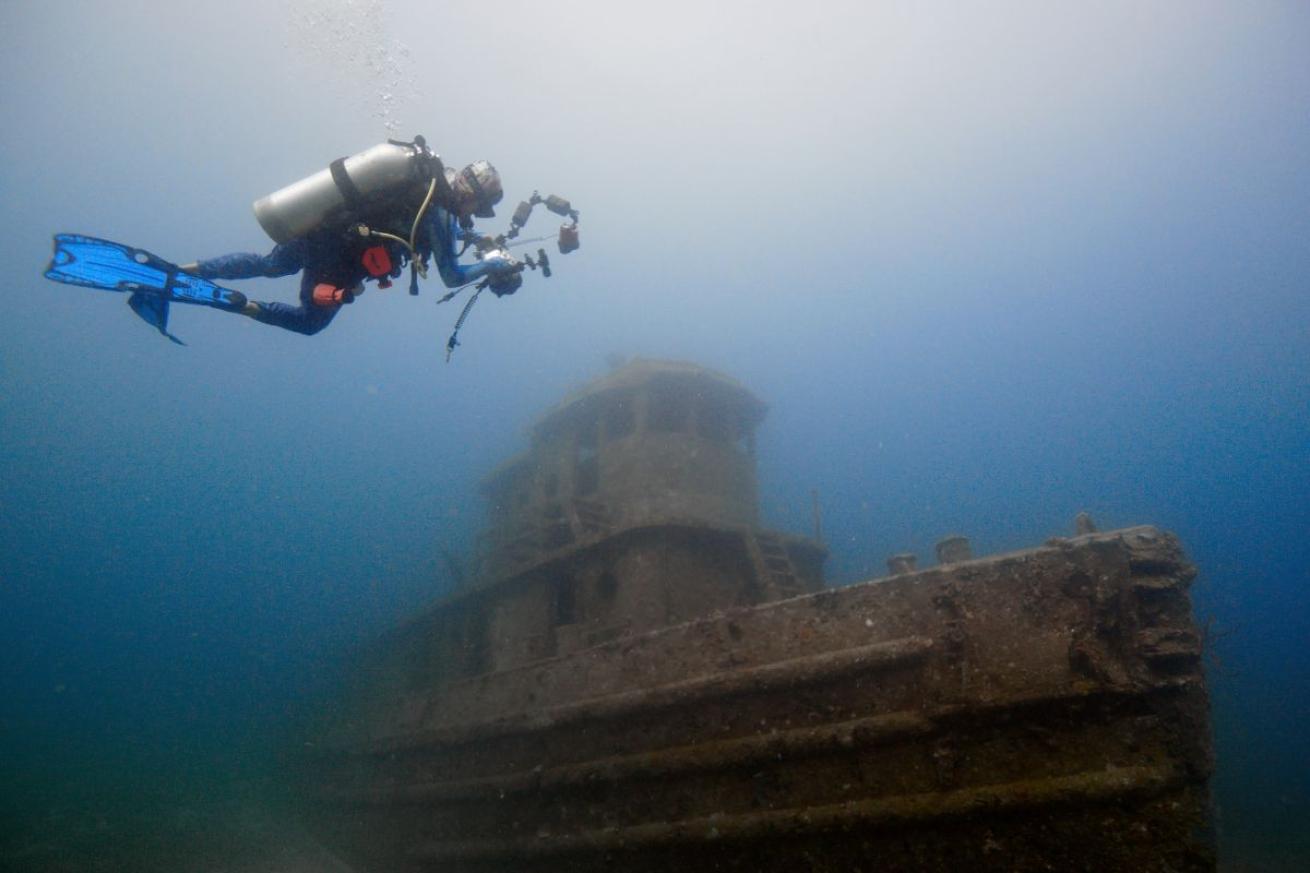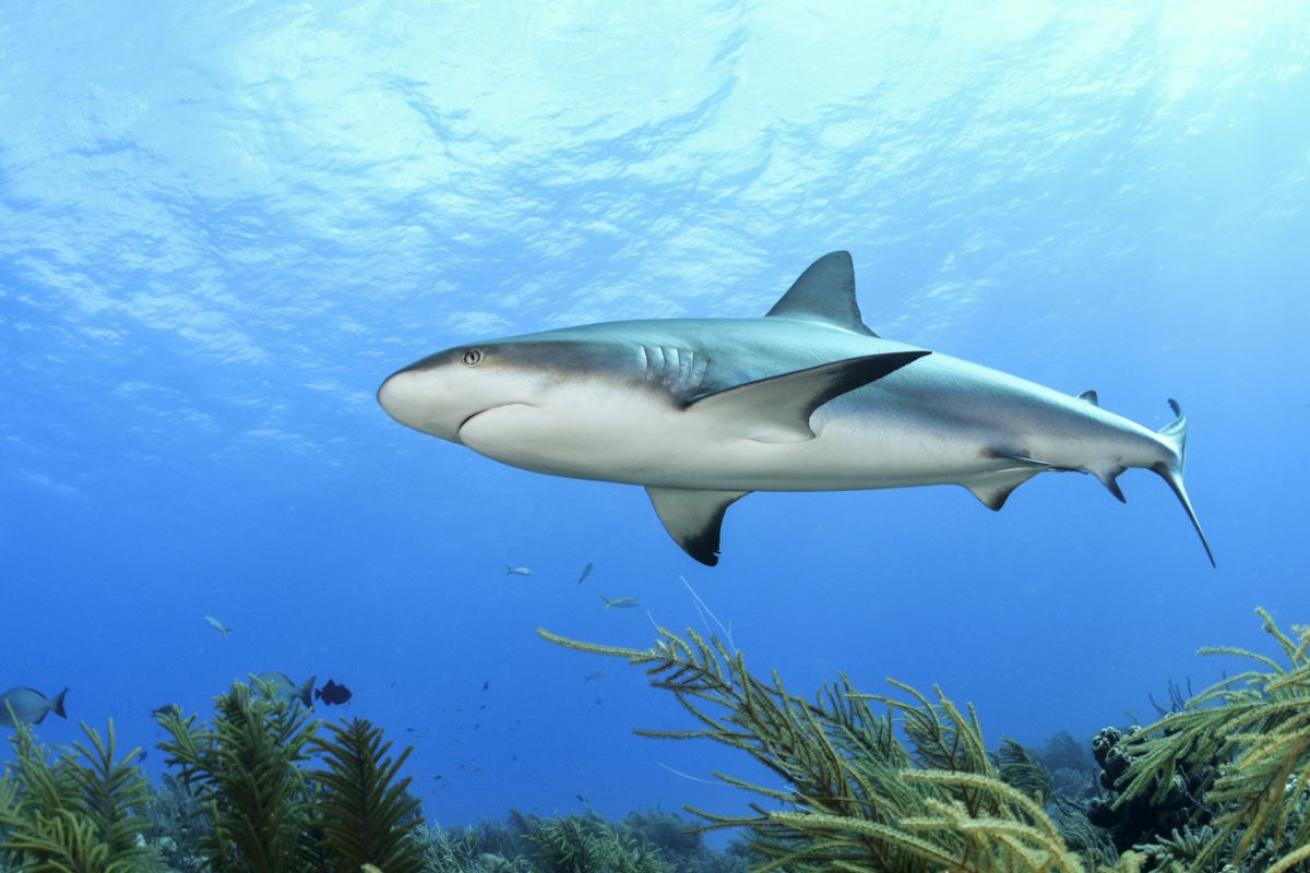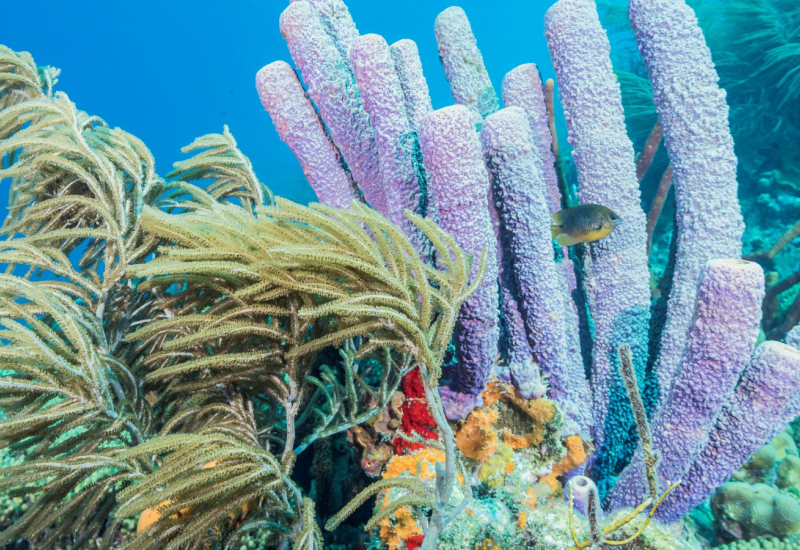The Underwater Beauty of the British Virgin Islands

Courtesy of Aggressor AdventuresTarpon swimming among coral
The British Virgin Islands has some of the healthiest coral reefs in the Caribbean. This archipelago is comprised of the main islands of Tortola, Virgin Gorda, Anegada and Jost Van Dyke, along with more than 50 other smaller islands and cays. The chain is in the Leeward Islands of the Lesser Antilles and is part of the West Indies. It is a stunning location that is beloved by both divers and “yachties.” As beautiful as the scenery is above water, underwater, the abundance of gorgonians, sea fans and various brain coral species was a pleasure to hover over dive after dive. After a week completing every dive, I didn’t see any stony coral tissue disease, although I was told there have been a few observations. The disease just was not affecting the corals on any of the dive sites we visited during the week.

Courtesy of Aggressor AdventuresBVI wreck
While we dived seven wrecks during the week, our bottom time included nearby reefs where we could end the dive looking for unique marine life and animal life behavior. The most famous wreck of the week was the RMS Rhône, a 310-foot iron-hull sail-steamer that used wind and steam engines for propulsion. The RMS Rhône left South Hampton, United Kingdom, on October 9, 1865, setting off for Brazil. She carried mail and supplies and had capacity for 313 passengers. In January of 1867, she was transferred to the Caribbean route. On October 19, 1867, worried with the barometer dropping and an impending storm (later determined to be a category 3 hurricane), the captain decided to head out to open sea to ride out the storm. As he headed between Salt Island and Dead Chest Island, the storm tossed the RMS Rhône onto the submerged Blonde Rock reef. The ship sank quickly and now lays scattered on the bottom in 30 feet to 80 feet of water. The bow section is mostly intact, allowing for some limited penetration, with the remainder of the ship in pieces, creating a wreck that took three dives to fully explore. One of the signature pieces laying on the bottom is a brass porthole that supposedly a survivor escaped through. Today, it is considered an underwater good-luck charm: If you rub around it three times, it will bring you good fortune and prosperity. After seeing the compact size of the porthole, I have my doubts that anyone escaped through it, but that did not stop me and everyone else on the dive from giving it three swirls!

Courtesy of Aggressor AdventuresReef shark
On the reef dives, we would head out to where the reef meets the sandy bottom, scanning the blue water for sharks and pelagics. We were rewarded with reef sharks on almost all of these areas although the sharks were somewhat shy and the pelagics were MIA. It is always a thrill to encounter sharks, even at a distance, and then we’d slowly made our way back along the reef until we were back to our tender’s mooring. On two of these reef/sand edges, I spotted several blue dart fish, which was a very pleasant surprise. I don’t encounter them very often in the Caribbean.
While exploring the purposely sunk wreck of the fuel supply ship Kodiak Queen, one of just five ships to escape the bombing of Pearl Harbor, we had two amazing discoveries. I was watching a fat sea biscuit urchin slowly crawling along the sandy bottom when I noticed a bumble bee shrimp embedded in the top spines. This discovery led to another find of the week. I had been looking at almost every sandy rubble pile I came across hoping to spot a Caribbean mantis shrimp without luck. The sea biscuit crawled right by some movement in the sand, and lo and behold, a large spearing mantis shrimp was peeking out of its hole! This was the largest one I have ever seen in the Caribbean. Almost as large as the Pacific ones I have encountered in the past.
This was also a very special charter for me as my oldest grandchild, 10-year-old Bennett, was completing his checkout dives for his Junior Open Water certification. Being able to teach and pass along my love of the sport was a pure pleasure for me, and I hope that one day, he will share his passion for being underwater to his children and grandchildren.
Now, as I am back in the office and writing this and reflecting on the many wonders of the week we spent in this Caribbean haven, with the stack of emails continuing to grow, it’s best I end it here before I start reminiscing about another dive!

PADI Instructor 174820Wayne B. Brown
CEO Aggressor Adventures










